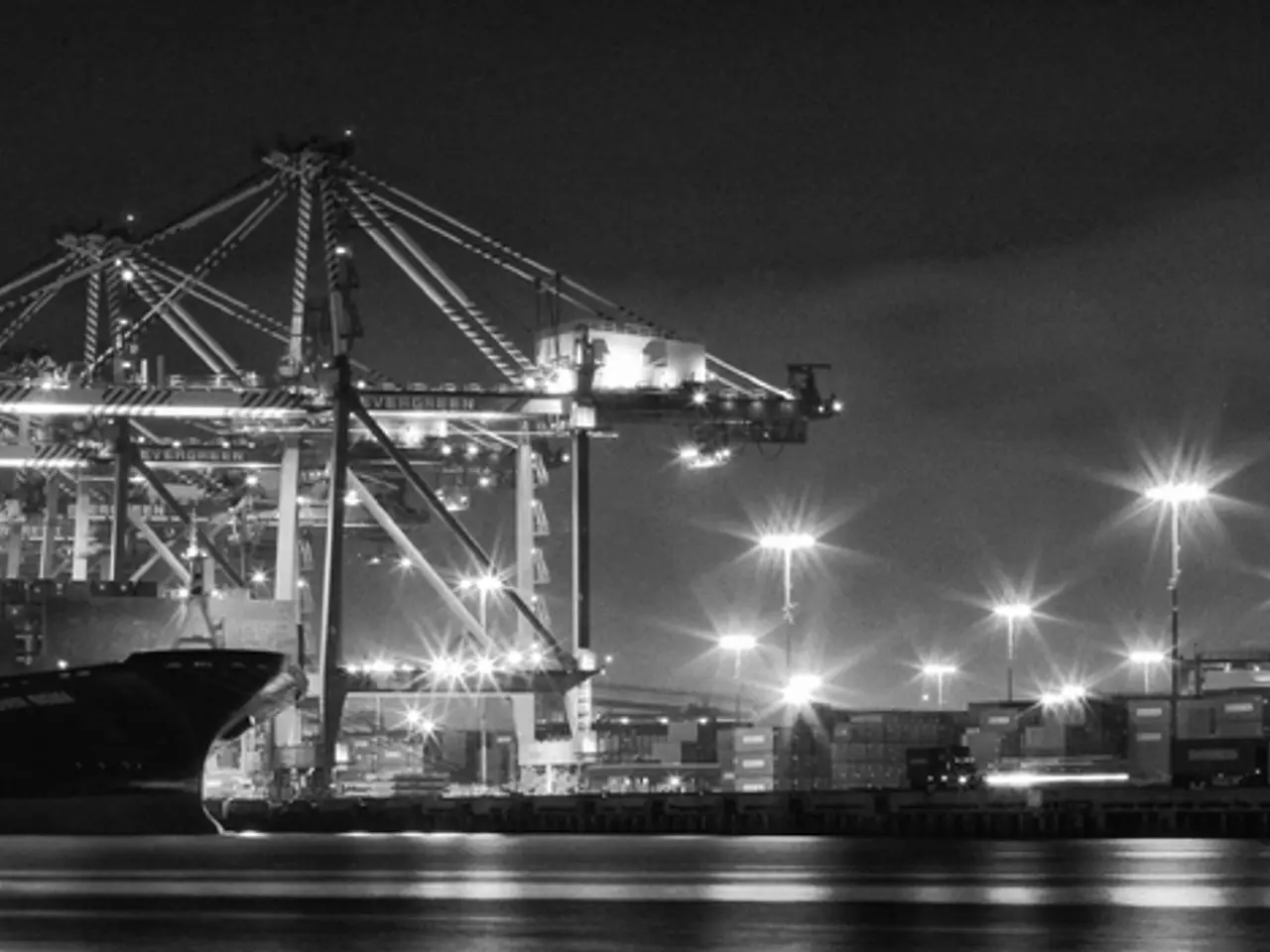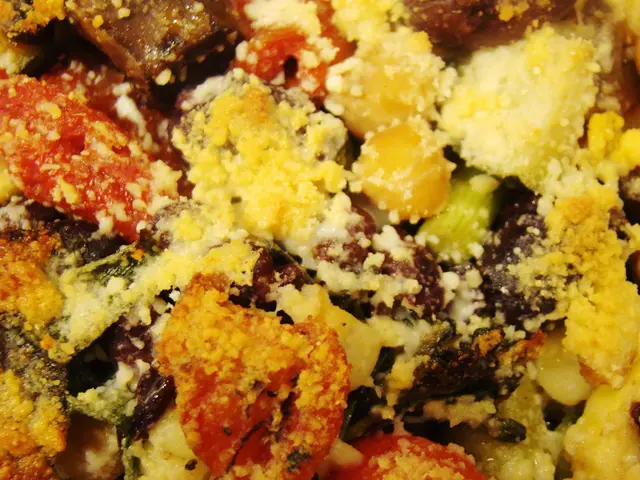Catalyst suppliers Amogy facilitate ammonia conversion to hydrogen application
Ammonia, once considered a mere fertiliser byproduct, is now being explored as an attractive alternative to fossil fuels in the maritime shipping industry. This shift is spearheaded by US-based company Amogy, which has been capitalising on its ammonia-to-power technologies through venture financing rounds.
In a recent development, Amogy announced a partnership with KBR, a leading global technology, engineering, and services company. This collaboration aims to unlock new opportunities for clean, scalable energy in maritime shipping. According to Amogy's CEO, Seonghoon Woo, combining Amogy's catalyst expertise with KBR's technology platforms could play a key role in decarbonizing maritime shipping.
At the heart of this partnership is the NH3 Kraken, Amogy's ammonia-powered tugboat. Showcased in September 2024, the NH3 Kraken breaks ammonia into hydrogen and nitrogen, which can then power either a fuel cell or engine. This versatility makes it an appealing solution for the maritime industry.
KBR's hydrogen technology, considered an ideal partner for scaling ammonia as a global hydrogen carrier, will be utilised in this venture. Specifically, KBR plans to use its technologies H2KPlus and H2Act for blue hydrogen production. These technologies are known for their efficiency and environmental friendliness.
Amogy's catalysts, including both precious-metal-based and base-metal-based materials, will be supplied to KBR. These catalysts increase hydrogen production rates at lower operating temperatures, making the process more efficient and cost-effective.
Ammonia, in its liquid state, can store nearly twice more hydrogen per cubic metre than liquid hydrogen. Moreover, ammonia kept at -33°C stores more hydrogen than liquid hydrogen kept at -253°C, the temperature required for liquefaction. This makes ammonia a promising hydrogen storage and transport medium.
This partnership aligns with the International Maritime Organization's 2023 Greenhouse Gas Strategy, which aims to achieve net-zero emissions by 2050 and ensure at least 5% of shipping energy from near-zero-emission fuels by 2030. The NH3 Kraken tugboat is a significant step towards this goal.
Since its launch in 2020, Amogy has raised over $270m in total, with the latest venture financing round earlier this year raising $56m. This funding will undoubtedly support the company's mission to revolutionise the maritime industry with its ammonia-powered technologies.
In 2024, Germanischer Lloyd (GL) presented an ammonia-powered Kraken tugboat that follows a similar design to Amogy's. This demonstrates the growing interest in ammonia as a viable alternative to fossil fuels in the maritime industry.
As the world continues to grapple with the challenges of climate change, innovative solutions like Amogy's ammonia-to-power technologies are crucial in the quest for a sustainable future. This partnership with KBR marks a significant step forward in this journey.
Read also:
- Federal petition from CEI seeking federal intervention against state climate disclosure laws, alleging these laws negatively impact interstate commerce and surpass constitutional boundaries.
- President von der Leyen's address at the Fourth Renewable Hydrogen Summit, delivered remotely
- Unveiling Innovation in Propulsion: A Deep Dive into the Advantages and Obstacles of Magnetic Engines
- Intensified farm machinery emissions posing challenges to China's net-zero targets








